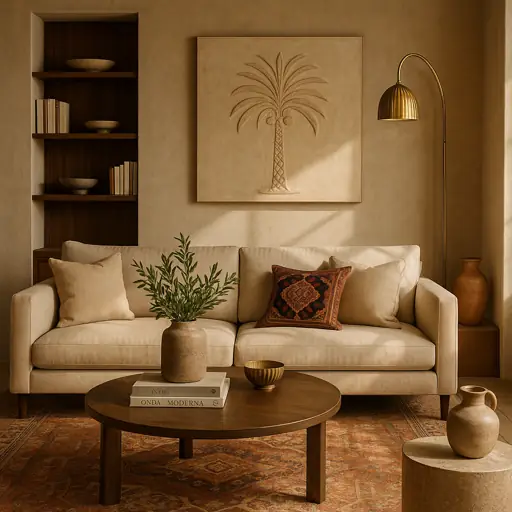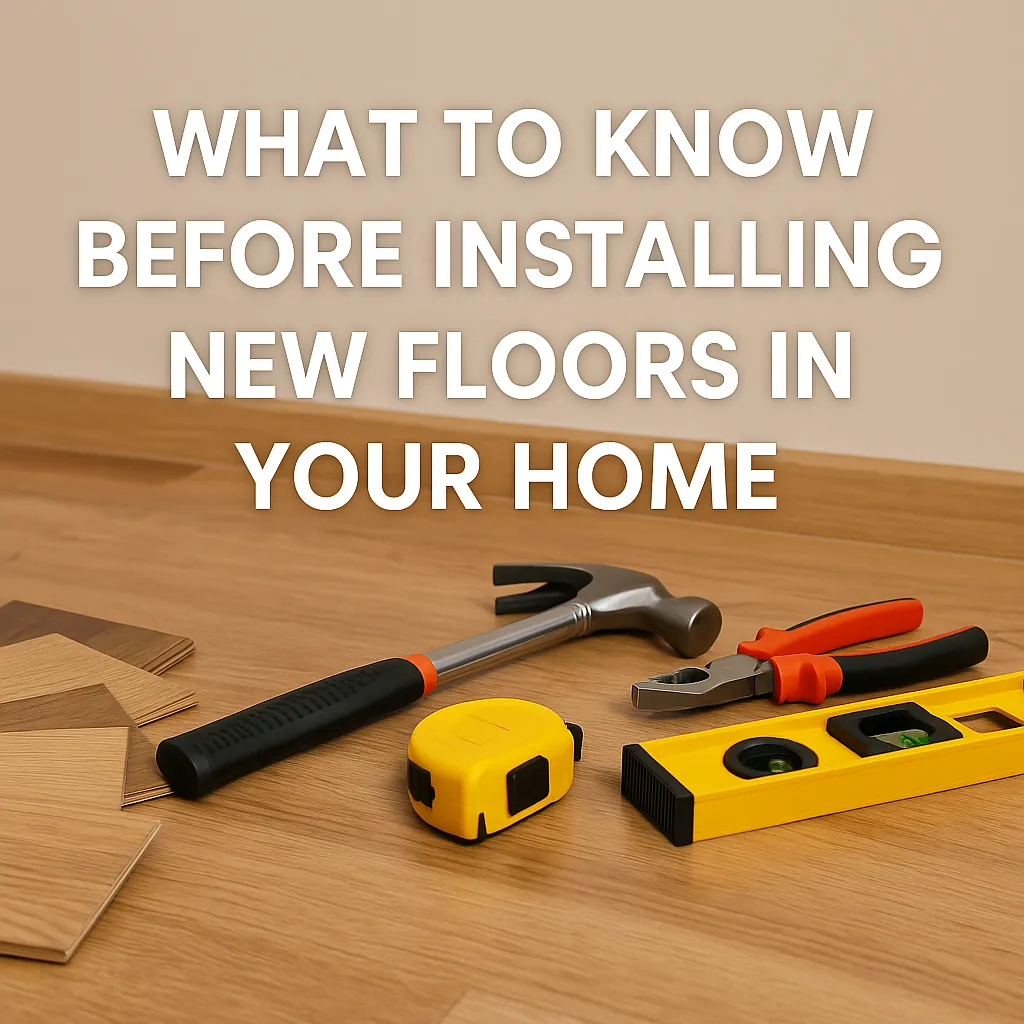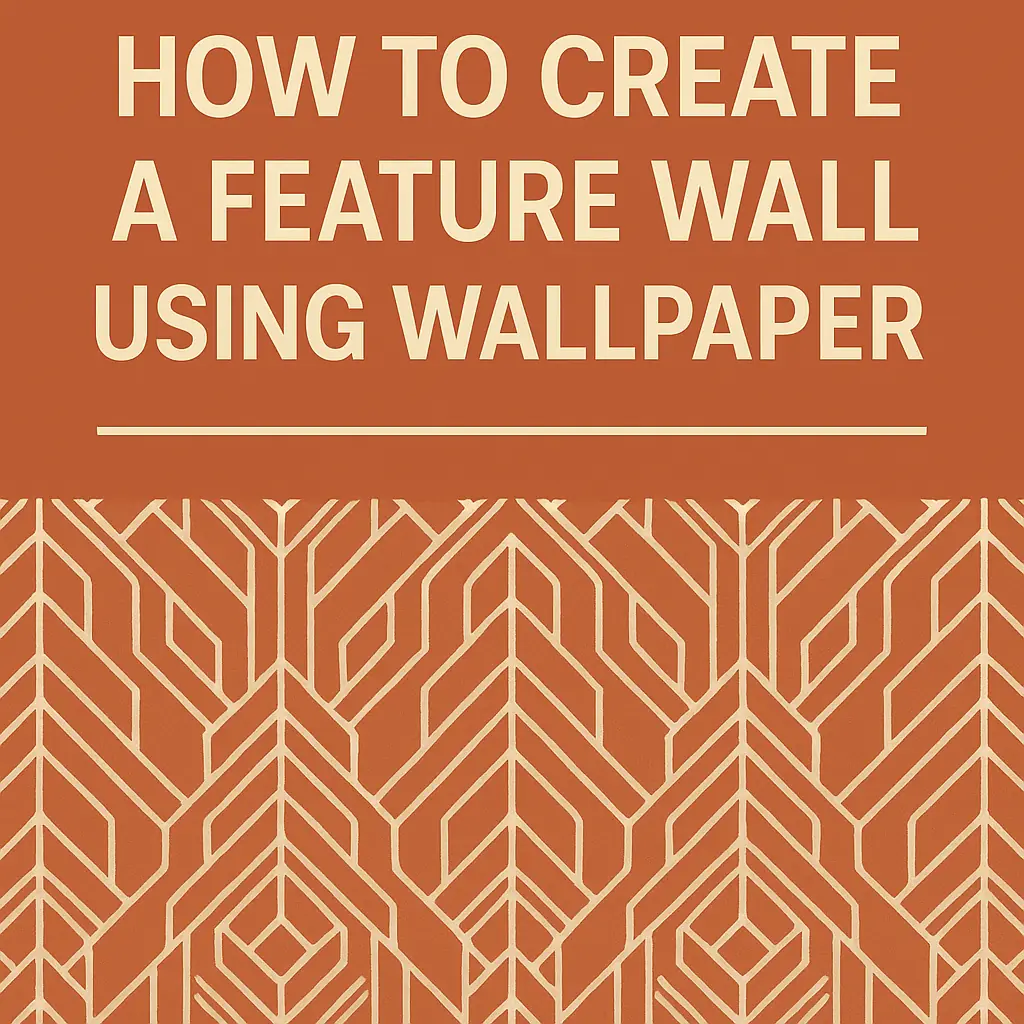How to Use Wallpaper on Ceilings, Doors, and Unexpected Spaces
Wallpaper has long been a staple for transforming walls, but in recent years, designers and homeowners alike have begun to look beyond the obvious. By extending wallpaper to ceilings, doors, and other unexpected places, you can create show-stopping interiors that feel curated and unforgettable. In this article, we explore creative ways to use wallpaper beyond walls—and how these techniques can add instant charm and dimension to your home.
Wallpaper on Ceilings: The Fifth Wall
Designers often refer to ceilings as the “fifth wall,” yet they’re frequently left plain. Adding wallpaper to the ceiling can make a room feel more intimate, luxurious, or whimsical, depending on the pattern and color you choose.
Why Use Wallpaper on Ceilings?
Adds Drama: A bold print on the ceiling draws the eye upward and makes the room feel taller.
Creates Cohesion: Matching the ceiling wallpaper with accent walls or furniture can unify the space.
Defines Zones: In open-plan homes, a wallpapered ceiling over the dining area, for instance, helps define the zone without physical barriers.
Best Rooms for Ceiling Wallpaper
Dining Rooms: Enhance formal settings with elegant metallic patterns or textured prints.
Bedrooms: Create a cozy cocoon effect with floral or starry designs.
Powder Rooms: Go bold—this is the perfect space to make a statement.
Wallpaper on Doors: The Hidden Gem
Doors are often overlooked in design, but they present a fantastic canvas for wallpaper. Applying wallpaper to a door can turn it from a purely functional object into a visual feature.
Design Tips for Wallpapered Doors
Match or Contrast: Match the wallpaper to adjacent walls for subtle elegance or go for contrast to make the door pop.
Add Trims: Framing the wallpapered section with molding or painted borders adds a polished finish.
Use Durable Material: Opt for high-quality, wipeable wallpaper, especially for frequently used doors.
Ideal Spots for Door Wallpaper
Bedroom Doors: Add softness or texture with fabric-style patterns.
Closet Doors: Especially those facing the bed, benefit from a stylish update.
Pantry or Kitchen Doors: Use geometric or vintage prints to add flair to utilitarian spaces.
Unexpected Spaces That Shine with Wallpaper
Beyond walls, ceilings, and doors, there are many other places where wallpaper can inject personality into your interiors.
1. Inside Shelves and Cabinets
Lining the backs of bookshelves or kitchen cabinets with wallpaper adds depth and color to an otherwise plain surface. Choose subtle patterns for open shelving or go bold inside glass-front cabinets.
2. Stair Risers
Give your staircase a fresh look by applying wallpaper to the vertical part of each step (the riser). Use a single pattern throughout or mix and match complementary designs for a playful look.
3. Furniture Accents
Wallpaper can be used to revamp old furniture pieces. Apply it to the front of drawers, tabletops, or even cabinet panels. Pair it with fresh paint for a cohesive update.
4. Hallways and Alcoves
If you have a recessed nook or a long narrow hallway, wallpaper can help create a focal point or add much-needed texture.
5. Room Dividers and Panels
Use wallpaper to elevate folding screens or wooden panels, making them art pieces in their own right.
How to Choose the Right Wallpaper for Unusual Spots
When decorating unconventional spaces, it’s important to consider both aesthetics and function.
Things to Keep in Mind:
Pattern Scale: Smaller spaces benefit from small, detailed prints, while larger areas like ceilings can handle bigger patterns.
Lighting: Metallic or textured wallpaper can reflect light and add dimension, especially in darker areas.
Moisture Resistance: For kitchens, bathrooms, or high-traffic doors, choose water-resistant or scrubbable wallpaper.
Benefits of Using Wallpaper in Unexpected Places
Customization: Make your home truly one-of-a-kind.
Affordability: A small roll of wallpaper can go a long way when used creatively.
Easy Updates: Peel-and-stick wallpapers make it easier than ever to refresh a space without permanent changes.
Wallpaper is no longer confined to just four walls. Whether you’re adding drama to your ceiling, updating a tired door, or bringing personality to your stairs or cabinets, wallpaper offers endless design possibilities. With the right placement, pattern, and texture, you can turn any surface into a stylish design statement.
With proper application and maintenance, wallpaper can last for years—even on ceilings or stair risers.
Vinyl or washable wallpaper is best as it resists moisture and is easy to clean.
Not if applied correctly. Use removable wallpaper for furniture and surfaces you may want to restore later.
Yes, it’s more challenging than walls, but professional installers can handle it efficiently. Peel-and-stick options also make it easier for DIY projects.

We Operate In Dubai.
We look forward to working with you and creating a stunning home that you and your family will love for years to come!



